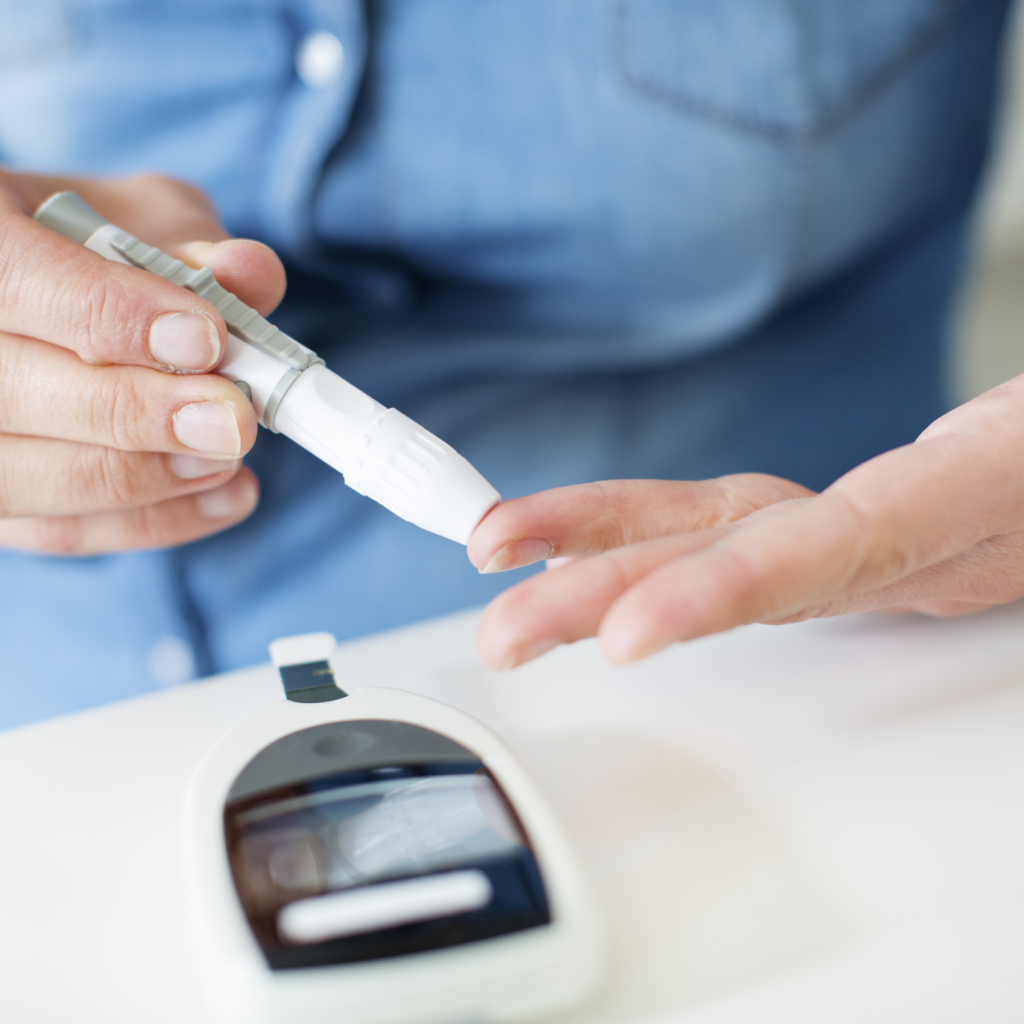Everyone aged 45 and over should be tested for diabetes, and if the results are normal, re-tested every three years. Testing should be conducted at earlier ages and carried out more frequently in individuals who have any of the following diabetes risk factors:
- You have a parent or sibling with diabetes
- You are overweight (BMI higher than 25)
- You had gestational diabetes or a baby weighing over 9 pounds
- Your HDL cholesterol levels are 35 mg/dl or less, and/or your triglyceride level is 250 mg/dl or above
- You have high blood pressure
- You have polycystic ovarian syndrome
- On previous testing, had impaired glucose tolerance or impaired fasting tolerance

Tests are used for diagnosis:
Fasting Plasma Glucose – This blood test is taken in the morning, on an empty stomach. A level of 126 mg/dl or above, on more than one occasion, indicates diabetes.
Casual or Random Glucose – This blood test can be taken anytime during the day, without fasting. A glucose level of 200 mg/dl and above may suggest diabetes.
If any of these test results occurs, testing should be repeated on a different day to confirm the diagnosis. If a casual plasma glucose equal to 200 mg/dl or above is detected, the confirming test used should be a fasting plasma glucose or an oral glucose tolerance test.
